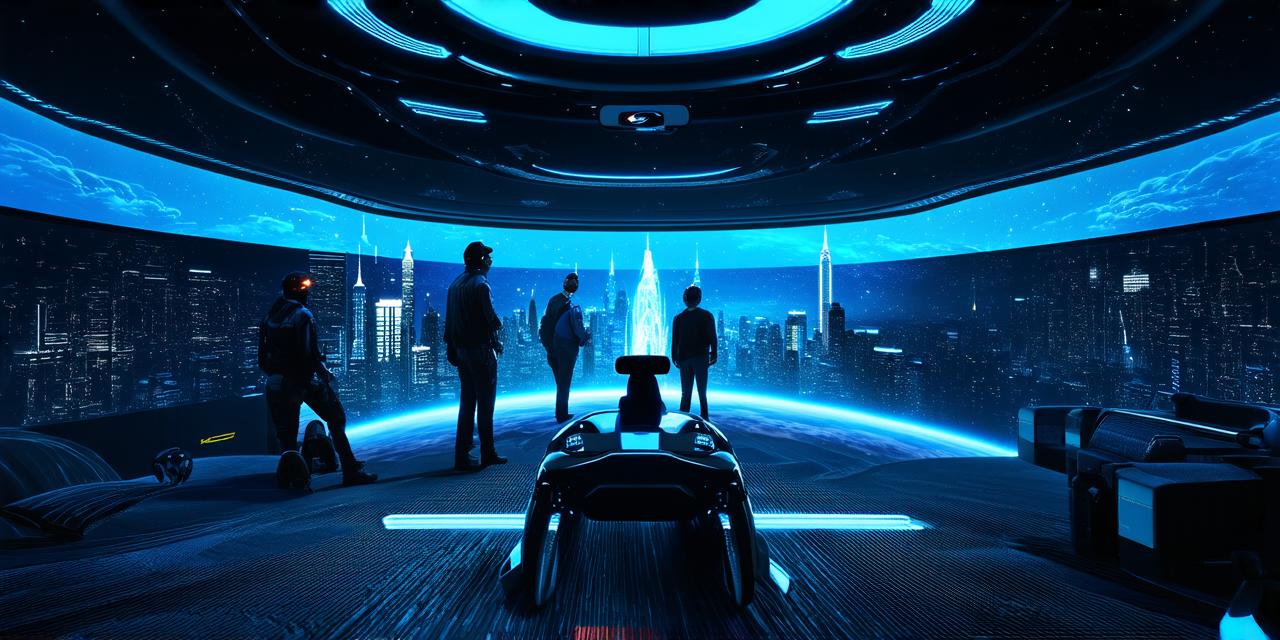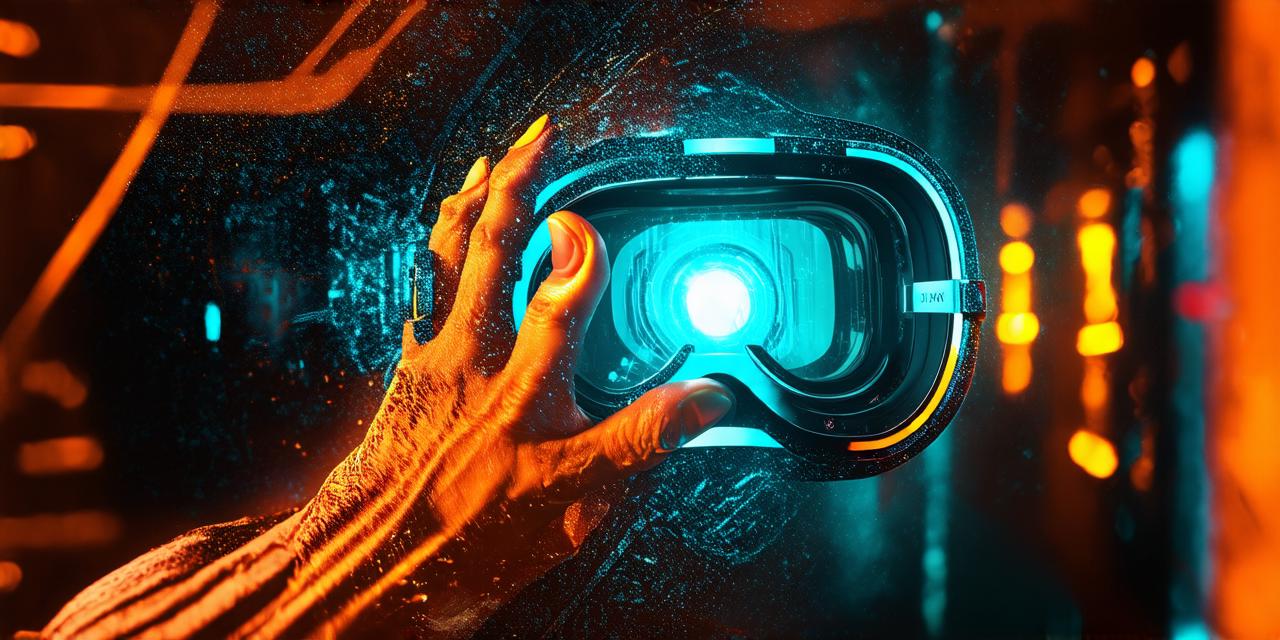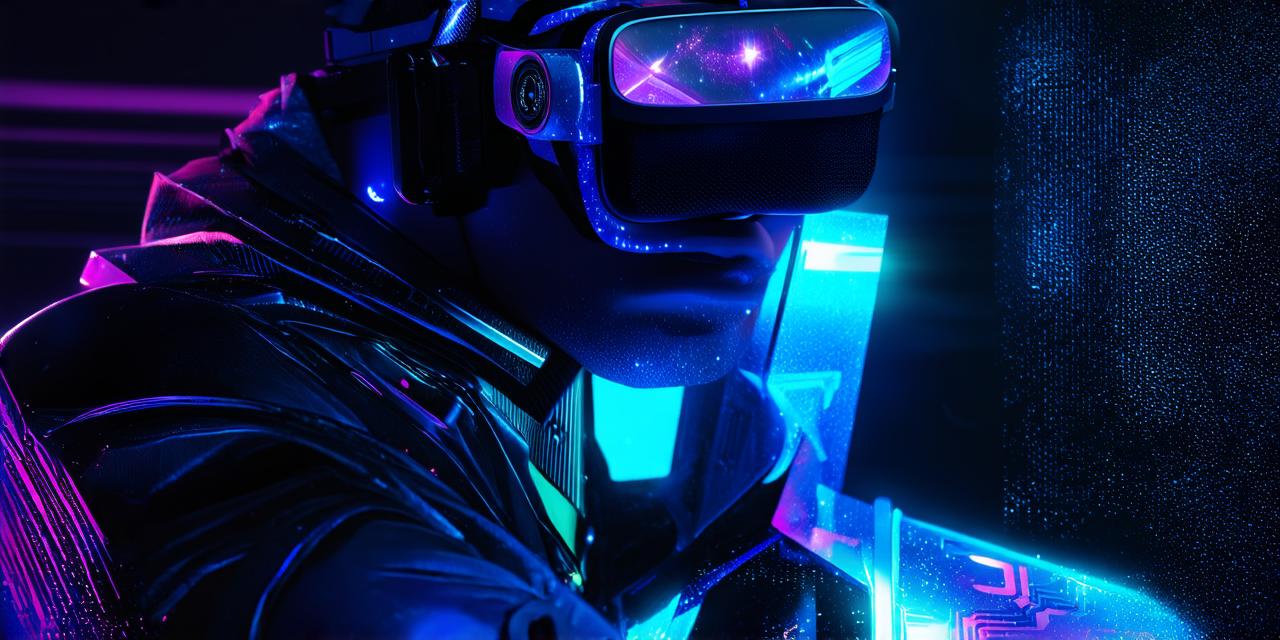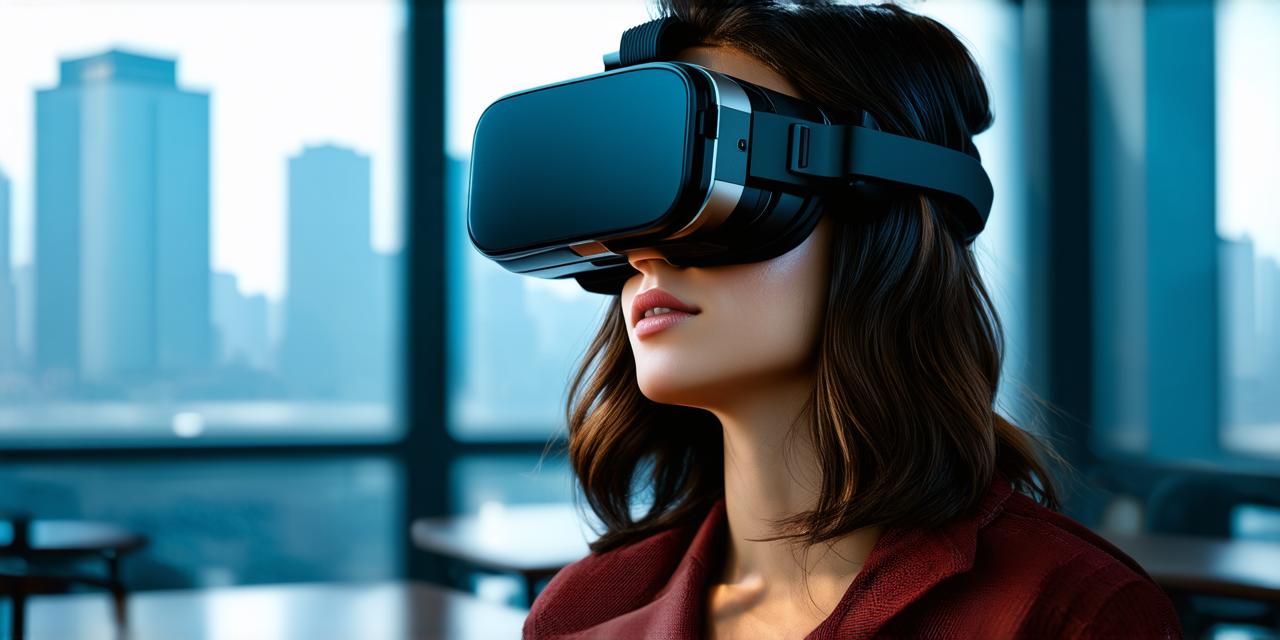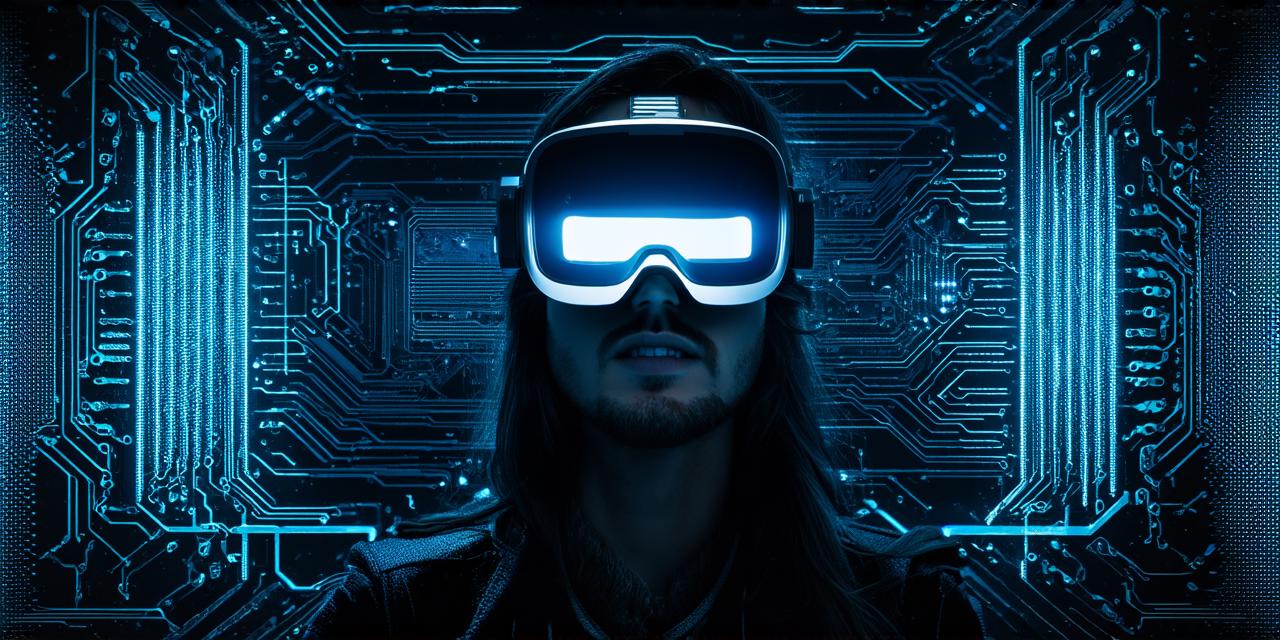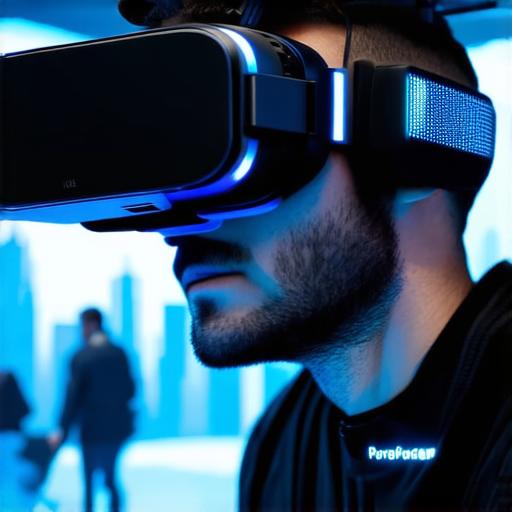
Immersion: What is it and why is it important?
Immersion refers to the feeling of being transported into a virtual environment, where one’s senses are fully engaged and the line between reality and virtual world is blurred. The level of immersion can vary depending on several factors such as hardware, software, content, and user preferences.
Immersion is important in VR because it determines how engaging and realistic the experience is for users. A highly immersive experience can lead to a sense of presence and engagement that enhances the overall experience and encourages users to spend more time in the virtual world. On the other hand, a low level of immersion can result in discomfort, boredom, or even motion sickness.
Factors affecting immersion in VR
-
Hardware: The hardware used for VR can significantly affect the level of immersion. For example, high-end VR headsets such as Oculus Quest 2 and HTC Vive Pro offer a higher resolution and wider field of view, which leads to a more immersive experience.
-
Software: The software used to develop VR experiences also plays a crucial role in determining the level of immersion. Developers must ensure that their content is optimized for the specific hardware and software being used. This includes using high-quality graphics, sound effects, and motion tracking to create a realistic and engaging environment.
-
Content: The content created for VR experiences should be designed with immersion in mind. This means creating environments and objects that are visually and audibly appealing and encourage user interaction. Developers must also ensure that the content is appropriately scaled and positioned to avoid discomfort or motion sickness.
-
User preferences: User preferences can also affect the level of immersion in VR. Some users may prefer a more realistic experience, while others may prefer a more abstract or stylized environment. Developers must consider their target audience and design their content accordingly.
Tips for AR developers to create engaging and immersive VR experiences
-
Know your audience: Understanding the preferences and needs of your target audience is critical to creating engaging and immersive VR experiences. Conduct market research, surveys, or focus groups to gather insights on user preferences and tailor your content accordingly.
-
Use high-quality graphics and sound effects: High-quality graphics and sound effects are essential for creating a realistic and engaging environment in VR. Invest in the right equipment and software to ensure that your content looks and sounds great on any device.
-
Optimize for hardware and software: Make sure your content is optimized for the specific hardware and software being used. This includes testing your experiences on multiple devices to ensure compatibility and performance.
-
Use motion tracking: Motion tracking technology can enhance the level of interaction between users and virtual objects, leading to a more immersive experience. Consider incorporating hand-tracking or other motion tracking technologies into your content.
-
Keep it simple: While immersion is important, don’t overwhelm users with too much information or complexity. Keep your content simple and easy to navigate, with clear instructions and objectives.
-
Test and iterate: Finally, test your experiences thoroughly and gather feedback from users to improve and iterate on your content. Continuously refine your experiences based on user preferences and market trends to stay ahead of the curve.
FAQs
1. How do I know what hardware and software to use for my VR experience?
There are several VR devices available on the market, each with their own specifications and capabilities. Research the different options and choose the one that best fits your needs and budget.
1. How do I optimize my VR experience for different devices?
To optimize your VR experience for different devices, you should test it on multiple devices and adjust your content accordingly. This includes testing for resolution, field of view, motion tracking capabilities, and other factors that may vary between devices.
1. How do I know what level of immersion is right for my target audience?
Knowing the preferences and needs of your target audience is critical to determining the optimal level of immersion for your VR experience. Conduct market research, surveys, or focus groups to gather insights on user preferences and tailor your content accordingly.
1. Can I use real-world objects in my VR experience?
Yes, using real-world objects in your VR experience can enhance the level of immersion and realism. However, you must ensure that the objects are appropriately scaled and positioned to avoid discomfort or motion sickness.
1. How do I measure the success of my VR experience?
There are several metrics you can use to measure the success of your VR experience, including user engagement, completion rate, and time spent in the virtual world. You should also gather feedback from users through surveys or focus groups to understand their experiences and identify areas for improvement.
